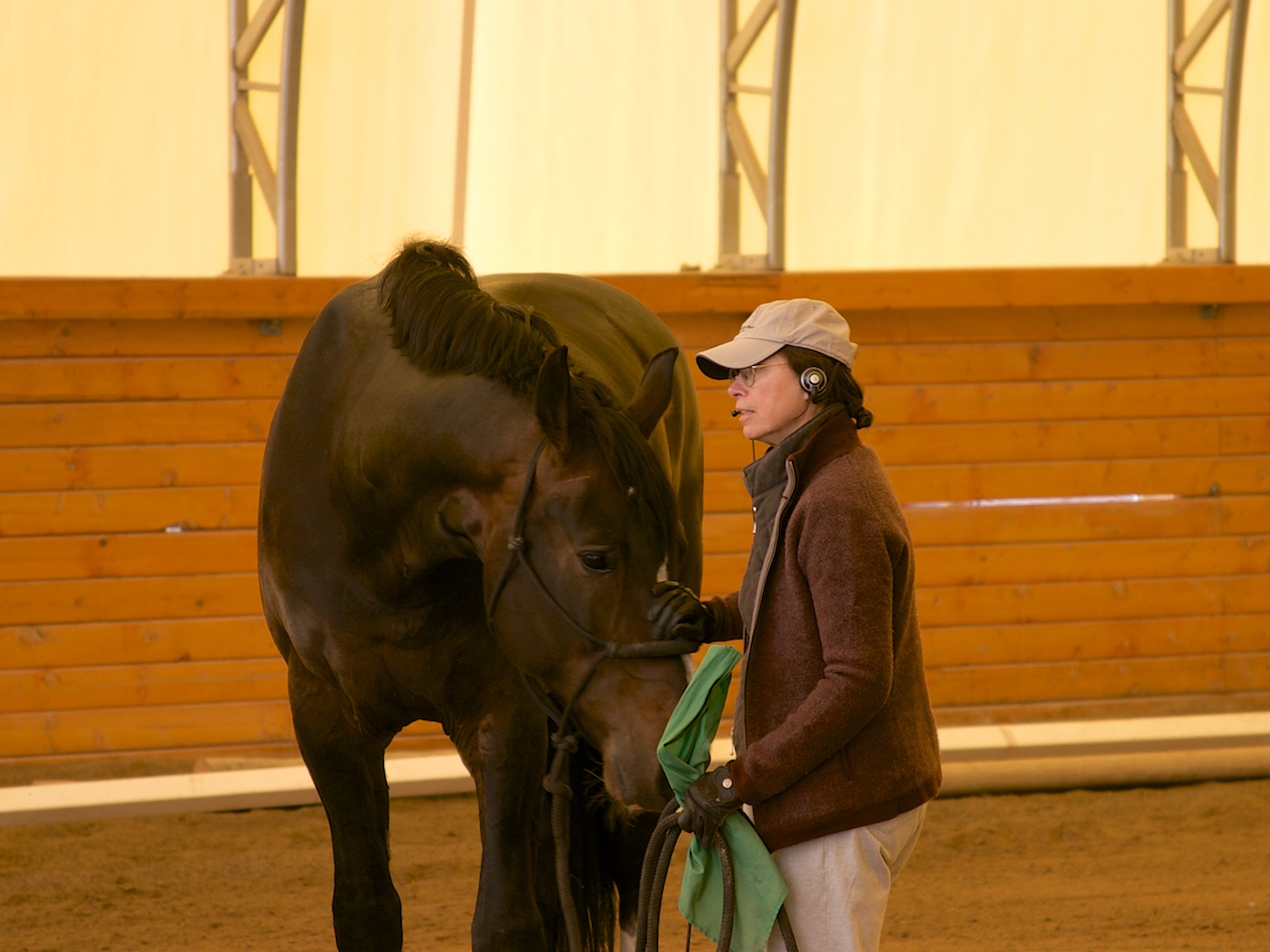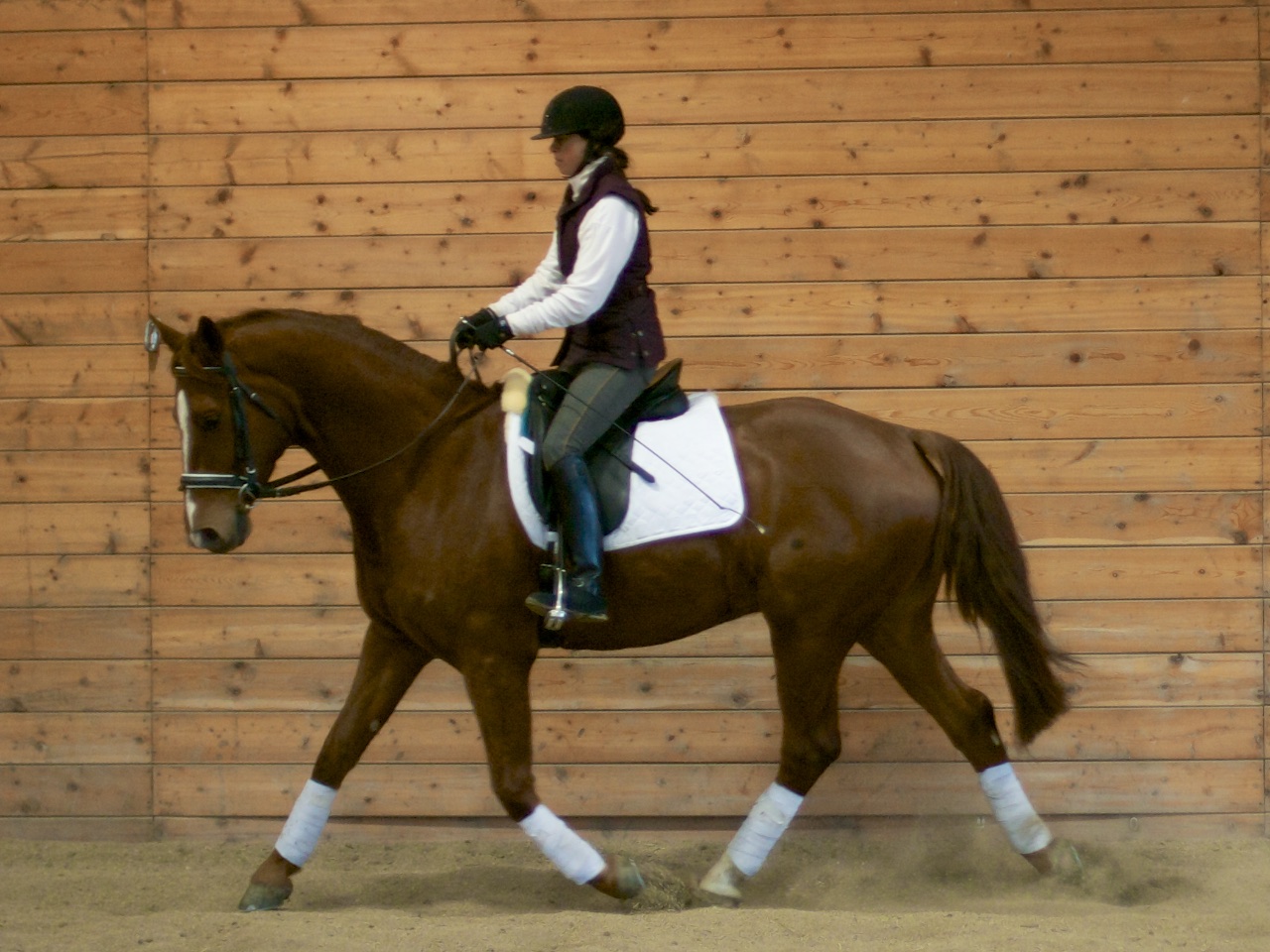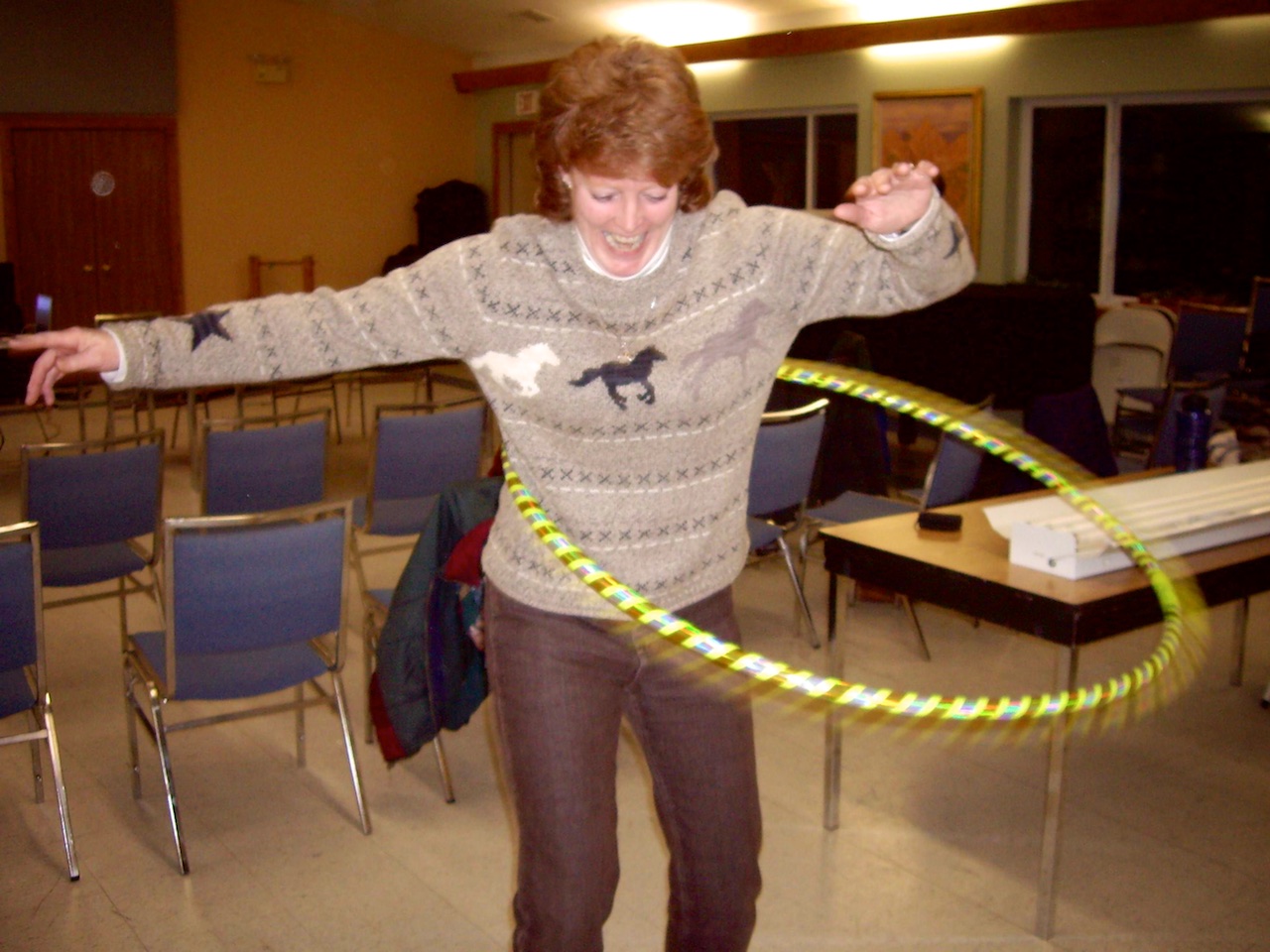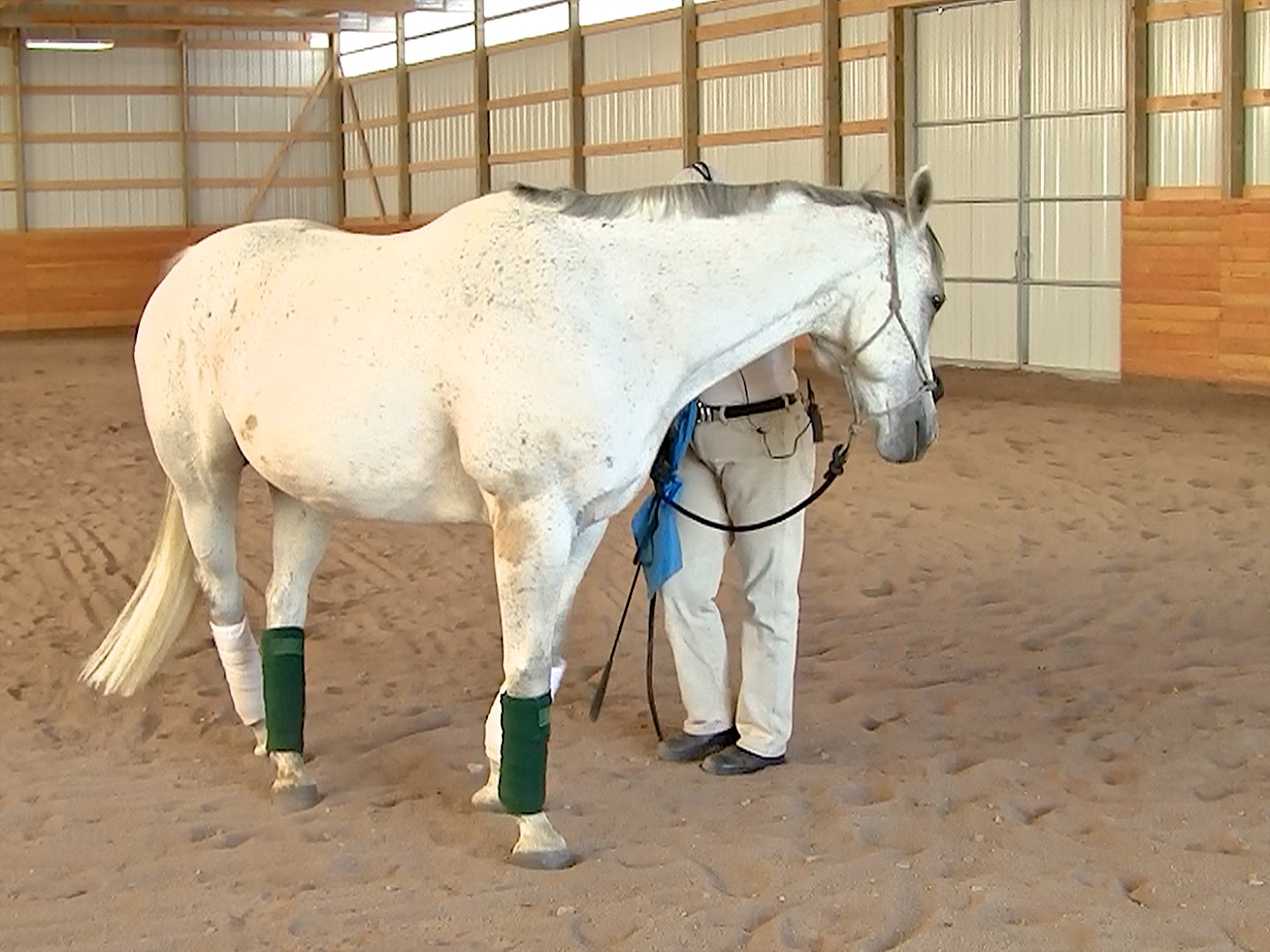Welcome!
Karen Ososki’s Refined Performance Horsemanship Program (RPH) helps riders of all disciplines and levels to achieve a deeper harmonious partnership with their horses.
Karen’s paramount focus is to further develop the partnership between rider and horse while honoring both the rider’s and the horse’s minds, bodies, and spirits.
The program encompasses the mental and physical development of both the rider and the horse. Riders gain more confidence and skill while improving their horse’s soundness of mind and body.
The RPH program provides tools to help you:
- Establish and improve a healthy leadership partnership between you and your horse while keeping you in a safe environment
- Create a smoother riding horse through relaxation and topline development
- Improve your riding skills and your horse’s performance by refining your timing and feel of the aids
- Increase your athletic ability and confidence as a rider through unmounted and mounted exercises and sport psychology techniques
Karen’s knowledge of equine and human biomechanics is spot on. Her ability to connect with and understand a horse are amazing. She worked with my herd bound horse in a setting where he was content to be by himself, something I didn’t think was possible. She gave me some exercises to help me to get my horse to focus and work with me. She truly cares about the welfare of the horse and takes the time it takes to help the troubled horse fit into our world.
Thank you for your dedication and working with me and my horses the last several years..even when it’s raining!
My horses and rehab horses are progressing safely and comfortably and you are taking my riding to the next level.
I love your willingness to investigate and share new AND classical training techniques. Biomechanics rock!
Pam Dunkle, Barefoot Performance, Bozeman, MT
It was nice to find someone like Karen that had the same belief system in working with horses as I have. The riding instruction I have received from her has opened up a new way of riding and working with the horse as a integration of horse and rider, moving it to higher level of understanding and companionship. .
Her knowledge on bio-mechanics of the horse helps in understanding the movement of the horse and how simple stretching exercises make a horse more relaxed and supple. Which makes for a happier horse that enjoys it’s work.
DK Montana
Refined Performance Horsemanship is built on the following concepts.
4 Foundation Building Blocks on the Path to Refined Horsemanship
Why are healthy leader relationships between ourselves and our horses so important?
“The greatness of a nation and its moral progress can be judged by the way its animals are treated.” – Mahatma Gandhi
For humans to be safe around these half-ton plus active animals, we need to become their trusted leaders. When humans lead, the horse can relax into the secondary role of follower.
To successfully become a horse’s leader and to connect to a horse’s spirit, we need to be courageous, compassionate, connected, aware, and mindful leaders – leaders that lead from our souls.
Why is it essential for riders to understand how horses naturally move?
All disciplines and rider activities are dependent on the horse’s anatomy and movement – a jumper clearing a fence or a reining horse sliding to a halt. Through the study of biomechanics (how anatomy creates movement) the rider learns and understands:
How to improve performance and to prevent rider lameness
WHY Classical principles and training methods are in alignment with the horse’s natural movement
Through understanding equine biomechanics and following classical training principles, your equine athlete will develop a healthy mental and physical well-being and will be able to perform for many years.
Read more...
Why is the rider’s balanced seat imperative for the horse’s health and for the rider’s safety?
The understanding of basic human anatomy and biomechanics helps the rider to develop a balanced seat. There are two common riding styles; one is to ride from strength and the other is ride from balance. When trying to ride from strength by gripping with the legs or holding on with to the reins, the rider becomes stiff and unstable in the saddle and is not able to connect to the horses’ movement. A stiff rider creates a stiff horse and thereby hinders the horse’s natural movement. An unstable rider has a greater chance of being hurt by falling off or by being bounced around. To connect to the horse’s movement, a rider needs to develop a balanced and supple seat.
To ride with a balanced seat the rider needs to be fit.
Read more...
Why are liberty and groundwork beneficial?
Liberty work can help build the bond between horse and human. Horses at liberty have the choice to seek the human or to withdraw. The human receives immediate feedback on how the horse is interpreting the humans intensions.
Groundwork transforms a horse’s mind and body through the use of simple and logical work. The horse becomes quiet and willing, his body becomes balanced and through.
Read more…




